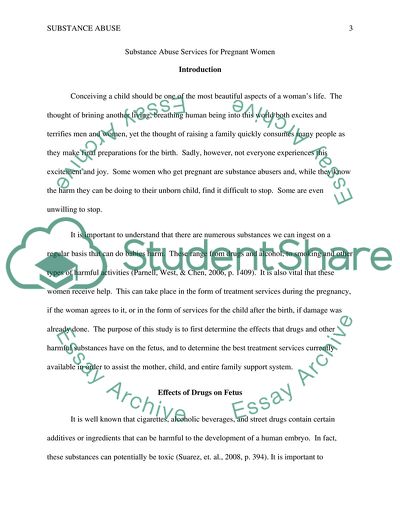Cite this document
(Specialized Substance Abuse Services for Pregnant Women Research Paper, n.d.)
Specialized Substance Abuse Services for Pregnant Women Research Paper. Retrieved from https://studentshare.org/social-science/1797857-specialized-substance-abuse-services-for-pregnant-women
Specialized Substance Abuse Services for Pregnant Women Research Paper. Retrieved from https://studentshare.org/social-science/1797857-specialized-substance-abuse-services-for-pregnant-women
(Specialized Substance Abuse Services for Pregnant Women Research Paper)
Specialized Substance Abuse Services for Pregnant Women Research Paper. https://studentshare.org/social-science/1797857-specialized-substance-abuse-services-for-pregnant-women.
Specialized Substance Abuse Services for Pregnant Women Research Paper. https://studentshare.org/social-science/1797857-specialized-substance-abuse-services-for-pregnant-women.
“Specialized Substance Abuse Services for Pregnant Women Research Paper”, n.d. https://studentshare.org/social-science/1797857-specialized-substance-abuse-services-for-pregnant-women.


